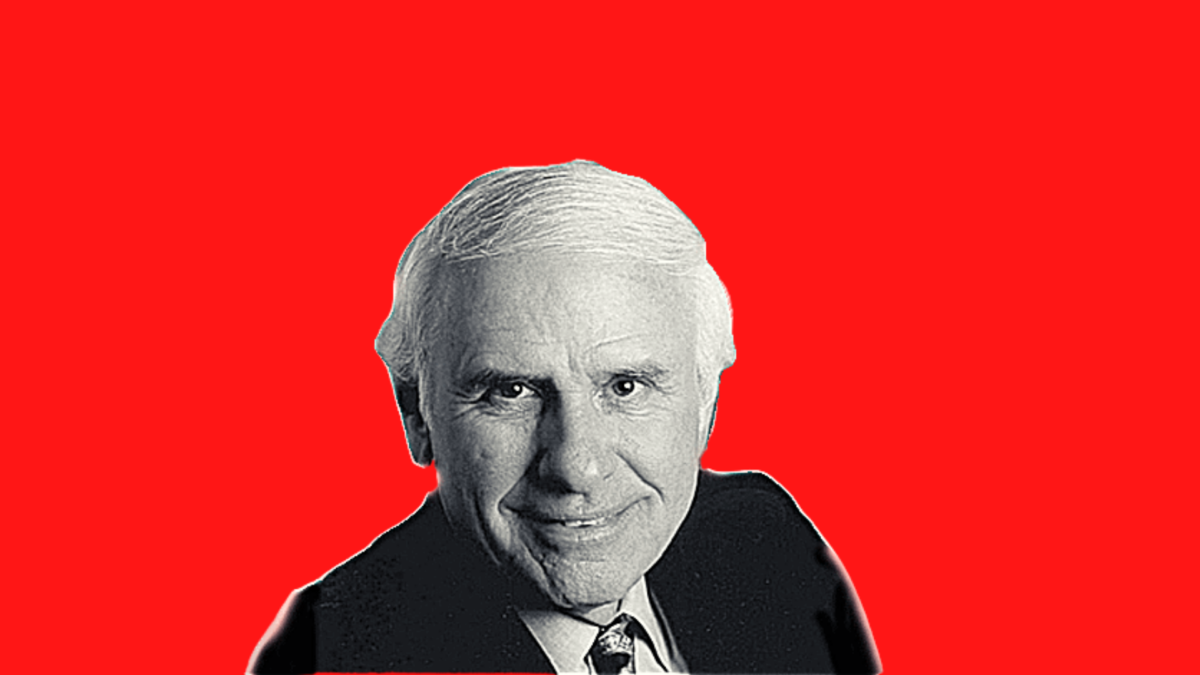
Holy S@#$ LEGO Has Sold Over 400 Billion Plastic Bricks?
Having sold over 400 billion plastic bricks worldwide (75 billion annually), LEGO is easily the most popular and best-selling toys on the planet. It also holds the title one of the most painful things you can step on in bare feet…
But few people today know just how insanely unlikely the founder was to succeed against the series of tragedies that plagued his pursuit to success.
As successful as they are today, LEGO’s history is one of unexpected misfortune. Here’s why…
WATCH:
The Tragic Beginning of the World’s Most Successful Toy
In 1916, Ole Kirk Christiansen was an independent carpenter who primarily built wood furniture and home goods. He purchased a workshop in Billund, Denmark, that would ultimately become the birthplace of LEGO. He immediately faced a number of setbacks and tragedies during his first years in business:
- His workshop burned down in 1924 after his sons accidentally set fire to it (losing all the inventory)
- He (and the world) was hit hard during the Great Depression from 1929-1939
Effectively erasing any demand for furniture and toys for an entire decade. It wouldn’t see consumer discretionary spending increase until after ww2 ended in 1945.
But Wait, There’s More…
- His wife passed away in 1932 leaving him alone to fend for himself and his kids
- With the economy in shambles, he was forced to lay off half of his employees.
To stay afloat, Christiansen began carving cheap wooden trinkets, eventually landing a wheeled duck that became the company’s first popular toy.
But he still wasn’t generating enough sales to pay the mounting bills he owed. Christinasen’s brothers had to bail him out to save him from bankruptcy.
He Had to Beg His Family For Cash to Avoid Bankruptcy
Ole’s brothers agreed to bail him out on the condition that he stop making toys and turn his skills to a more practical profession.
But Ole refused to give up his passion of making innovative toys. So he changed the name of his workshop to LEGO (derived the Danish phrase leg godt, or “play well”).
Plot twist, his shop burned down for the second time…
Still unwilling to give up on his dream of breaking into the toy market, it was in this moment where Ole said: “Fuck wood! I’m moving to plastics!”…That’s not a real quote but you know he thought it.
Is This Why LEGO Went From Making Wood Toys to Plastics?
Because when Ole rebuilt his factory for the 3rd time, he turned his attention to making plastic toys (which was a brand new thing at the time).
During the 40s, plastic injection molding machines were introduced into the toy market to mass produce toys. But they were hella expensive. Buying one with the lack of much if any funds, would be a major risk.
He did it anyways…
The early toys included the Ferguson tractor, a plastic vehicle available as either a finished model or a buildable set that could be taken apart and put back together, (which later became the core feature of LEGO products).
How Lego Was Invented. After a 39 Year Struggle!
It wasn’t long before the idea of bricks to assemble a small house in the form of building blocks was invented. They designed literal plastic bricks that clipped together.
He patented the design and they released its first set, the LEGO System of Play – in 1955. 39 years after starting his toy business.
In the beginning of LEGO’s growth, they were still selling both wood and plastic LEGO toys (even though LEGO sales were much higher by this time).
But Then His Factory Burned Down Again…
Then, a lightning strike to the workshop caused a fire to burn down the entire workshop for the 3rd time. He rebuilt it again but decided this time, to switch the operations entirely to plastics.
Which turned out to be a good call…
Fast forward to today, the LEGO brand as of 2021 was up 27% (that’s a whopping $8B in sales) compared to the previous two years with $55.3 billion in revenue. The company saw massive gains during the pandemic as consumers of all ages looked for new ways to entertain themselves at home.
Which is pretty impressive growth for a company that for the most part, shouldn’t still be standing.
WATCH:
For more information visit tylerhayzlett.com









